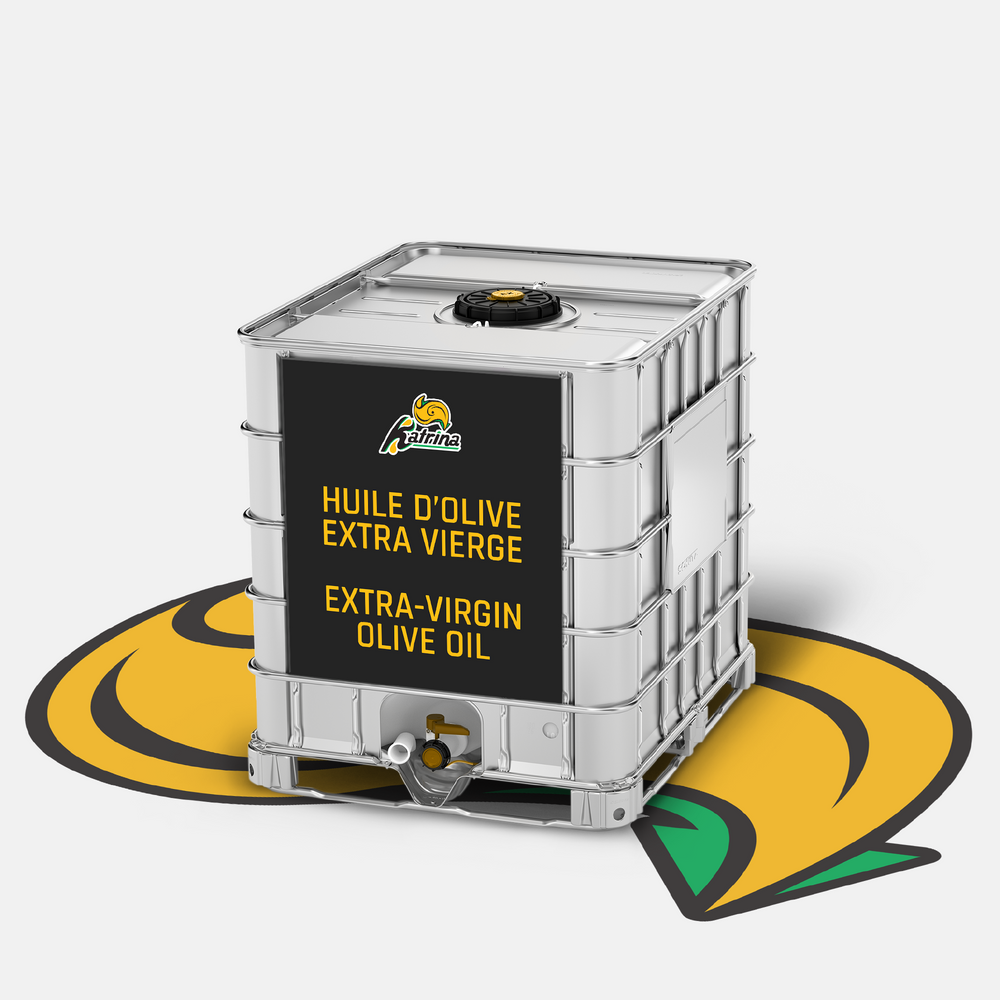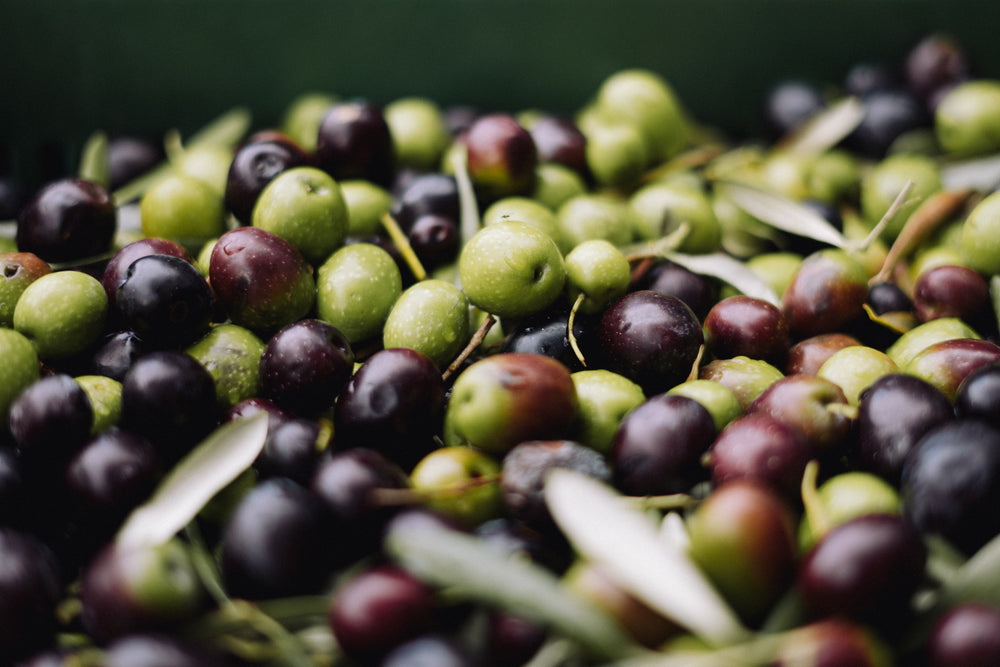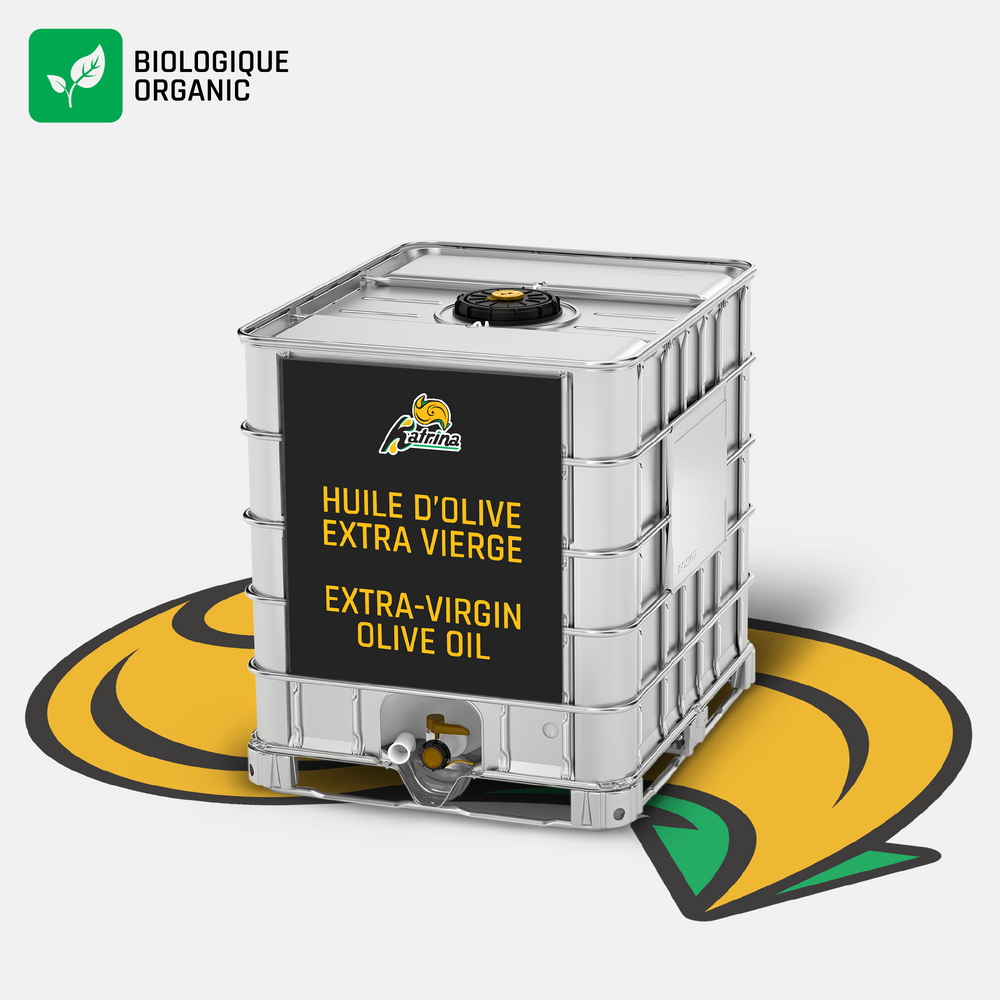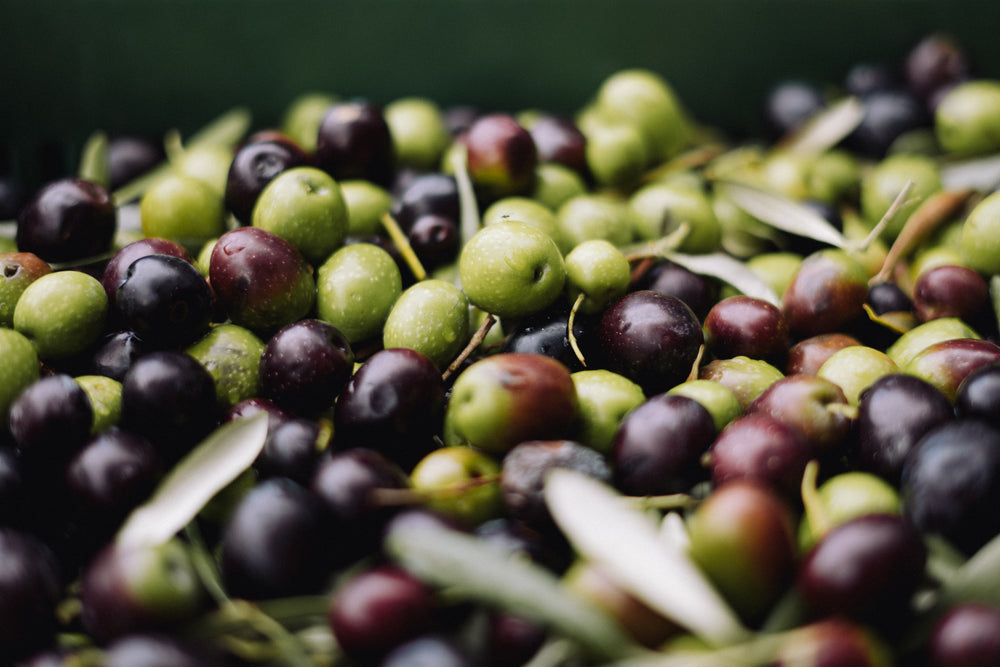Cloudy Olive Oil: Why It Happens & What To Do
Why Is My Olive Oil Cloudy?
Cloudy olive oil usually isn’t bad. It's normal for olive oil to become cloudy due to natural sediments or exposure to cold temperatures, such as if you store it in the fridge or in a cold room.
While cloudiness doesn't necessarily indicate spoilage, it's important to distinguish between normal cloudiness vs. signs of oil degradation. This guide will explain why olive oil turns cloudy, how to clear cloudy olive oil, and whether it's still safe to consume.
Common Reasons for Cloudy or Foggy Olive Oil
1. Sediments in Unfiltered Olive Oil
Unfiltered olive oils, like many extra virgin olive oils, contain natural sediments like olive pulp and skin. These tiny particles remain in the oil after extraction and can cause cloudiness.
If you shake a bottle of olive oil or agitate a bulk container, then unfiltered oil might turn cloudy or appear foggy. In these cases, there’s nothing to worry about because you just stirred up the sediments that have settled at the bottom. The oil is safe to consume, and any solids will settle back down naturally over time.

2. Cold Temperatures
Olive oil contains monounsaturated fats that solidify when exposed to colder temperatures, so putting your olive oil in the fridge will make it cloudy, opaque, and even form crystals. Storing your containers in a cold room can also cause cloudy bits to appear in your olive oil. You’re most likely to see this happen in the winter months when temperatures hover around freezing.
No need to worry though, because cloudy olive oil still retains its nutritional benefits. You can clear cloudy olive oil by bringing it back to room temperature or placing the container in a heated room to speed up the process. Do not expose it to direct sunlight, however, as it will degrade the oil's quality.
3. Rancidity or Spoilage
If filtered olive oil still appears cloudy at room temperature, then the oil could have spoiled or gone rancid. Here’s how to make sure it’s safe to use:
- Take note of the date you first opened the bottle or container. In general, you can safely consume olive oil within a year of opening.
- Check its smell and taste. If it seems stale or unpleasant, then stay on the safe side and replace it with a fresh batch.
Remember, prolonged exposure to light, heat, and air can accelerate the degradation of oils due to oxidation. Read our guide to storing cooking oil in bulk to learn about proper oil storage practices that help olive oil stay fresh longer.
Common Issues & How to Fix Them
My Olive Oil Doesn’t Solidify in the Fridge
If your olive oil doesn’t solidify in the fridge, it’s not necessarily a bad sign. The “fridge test” idea suggests that lower-quality olive oil won’t solidify in the fridge, but it’s not a definitive test.
If your olive oil is not solidifying, it’s possible that it’s a blend with other oils (such as sunflower oil, which solidifies only at a much lower temperature). Refined olive oils are also less likely to solidify, or may only solidify at lower temperatures. If your extra virgin or virgin olive oil is still staying liquid, you may want to double check the temperature, or check if your olive oil has been “winterized”.
According to the North American Olive Oil Association, “There is no simple magic home test to check for olive oil authenticity. Extra virgin olive oil will crystallize and/or solidify at a wide variety of time and temperature exposures. All this variance is what makes extra virgin olive oil truly special.”
My Olive Oil is Cloudy With Sediment
If your olive oil is cloudy with sediment, this is typically normal and OK to consume. Most unrefined olive oils will have some level of sediment, usually settled at the bottom of the container. The sediment is natural and may become more visible if shaken or chilled.
My Olive Oil is Cloudy at Room Temperature
If your olive oil is cloudy at room temperature, it’s likely due to sediment in the bottle. Sediment is common in unfiltered olive oils like virgin or extra virgin. It’s completely natural and should be OK to use. However, if you’ve noticed sediment in a filtered olive oil, you may want to take a closer look, as it’s less common.
What To Do If My Olive Oil Freezes?
FAQs
Does Olive Oil Get Cloudy When Cold?
Yes, exposure to cooler temperatures can cause olive oil to solidify and appear cloudy or murky. This change is purely physical and doesn't indicate spoilage. All you need to do is thaw it out before using it.
Should Extra Virgin Olive Oil Be Cloudy?
Extra virgin olive oil can sometimes appear cloudy due to natural sediments or cold temperatures, and this is normal. Cloudiness doesn’t indicate poor quality and usually resolves when the oil is left to settle and warmed to room temperature.
Does Real Olive Oil Get Cloudy When Cold?
Yes, real olive oil may get cloudy when cold. However, it depends on the temperature and can vary heavily depending on the producer, crop, and winterization process. As such, the commonly referred to “fridge test” is not necessarily a dependable indicator of if your olive oil is real or not.
Related Posts:
Can you use Extra Virgin Olive Oil for Deep Frying?
Canola Oil vs. Olive Oil: Which One's Better?
Can Vegetable Oil Substitute for Olive Oil?
Extra Virgin Olive Oil Burning Point: What is the Point of No Return?









